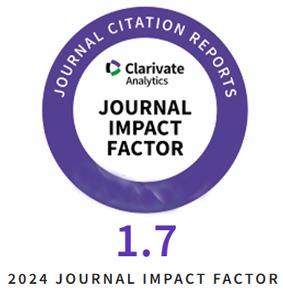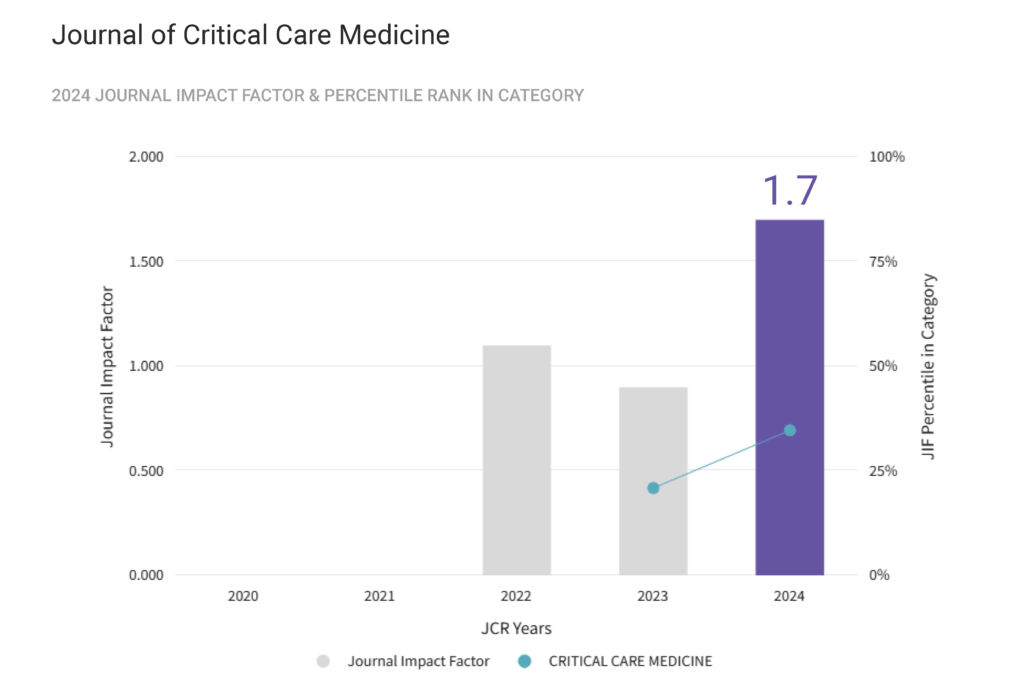Introduction: Determining the optimal timing for extubation in critically ill patients is essential to prevent complications. Predictive models based on Machine Learning (ML) have proven effective in anticipating weaning success, thereby improving clinical outcomes.
Aim of the study: The study aimed to evaluate the predictive capacity of five ML techniques, both supervised and unsupervised, applied to the spontaneous breathing trial (SBT), objective cough measurement (OCM), and diaphragmatic contraction velocity (DCV) to estimate a favorable outcome of SBT and extubation in critically ill patients.
Material and Methods: A post hoc analysis conducted on the COBRE-US study. The study included ICU patients who underwent evaluation of SBT, OCM, and DCV. Five ML techniques were applied: unsupervised and supervised to the data in both a training group and a test group. The diagnostic performance of each method was determined using accuracy.
Results: In predicting SBT success, all supervised methods displayed the same accuracy in the training group (77.3%) and in the test group (69.6%). In predicting extubation success, decision trees demonstrated the highest diagnostic accuracy, 89.8% for the training group and 95.7% for the test group. The other supervised methods also showed a good diagnostic accuracy: 85.9% for the training group and 93.5% for the test group.
Conclusions: In predictive models using OCM, DCV, and SBT as input variables through five ML techniques, decision trees and artificial neural networks demonstrated the best diagnostic performance. This suggests that these models can effectively classify patients who are likely to succeed in SBT and extubation during the weaning process from mechanical ventilation.
Tag Archives: airway extubation
Effectiveness of Minitracheostomy After Extubation in Patients with Pneumonia at High Risk of Reintubation: A Case Series
Introduction: Minitracheostomy involves the percutaneous insertion of a 4-mm-diameter cricothyroidotomy tube for tracheal suctioning to facilitate the clearance of airway secretions. The advantage of using the minitracheostomy is in the clearance of secretions, however data on their usefulness for respiratory failure after extubation is limited.
Aim of the study: We aimed to assess the use of minitracheostomy for patients with challenging extubation caused by significant sputum.
Material and Methods: We conducted a retrospective analysis of consecutive case series. We analyzed the data of 31 patients with pneumonia. After minitracheostomy, the primary endpoints of reintubation within 72 hours and clinical effects, including mortality, length of intensive care unit (ICU), or hospital stay, were assessed. The successful extubation group included patients who did not require reintubation within 72 hours. Conversely, the reintubation group consisted of patients mandating reestablishment of intubation within 72 hours.
Results: Among those who underwent minitracheostomy after extubation, 22 (71%) underwent successful extubation and 9 underwent reintubation (reintubation rate: 29%). The in-hospital mortality rates after 30 days were 18.2% in the successful extubation group and 22.2% in the reintubation group. The ICU and hospital lengths of stay were 11 days (interquartile range: 8–14.3 days) and 23 days (interquartile range: 15.5–41 days), respectively, in the successful extubation group; they were 14 days (interquartile range: 11–18.5 days) and 30 days (interquartile range: 16–45.5 days), respectively, in the reintubation group.
Conclusions: The prophylactic use of minitracheostomy may be an option as a means of reducing reintubation in patients with pneumonia who are at very high risk of reintubation.Keywords: Airway extubation, weaning, ventilator weaning, respiration, tracheostomy, sputum, pneumonia
Keywords: airway extubation, ventilator weaning, tracheostomy, sputum, pneumonia










